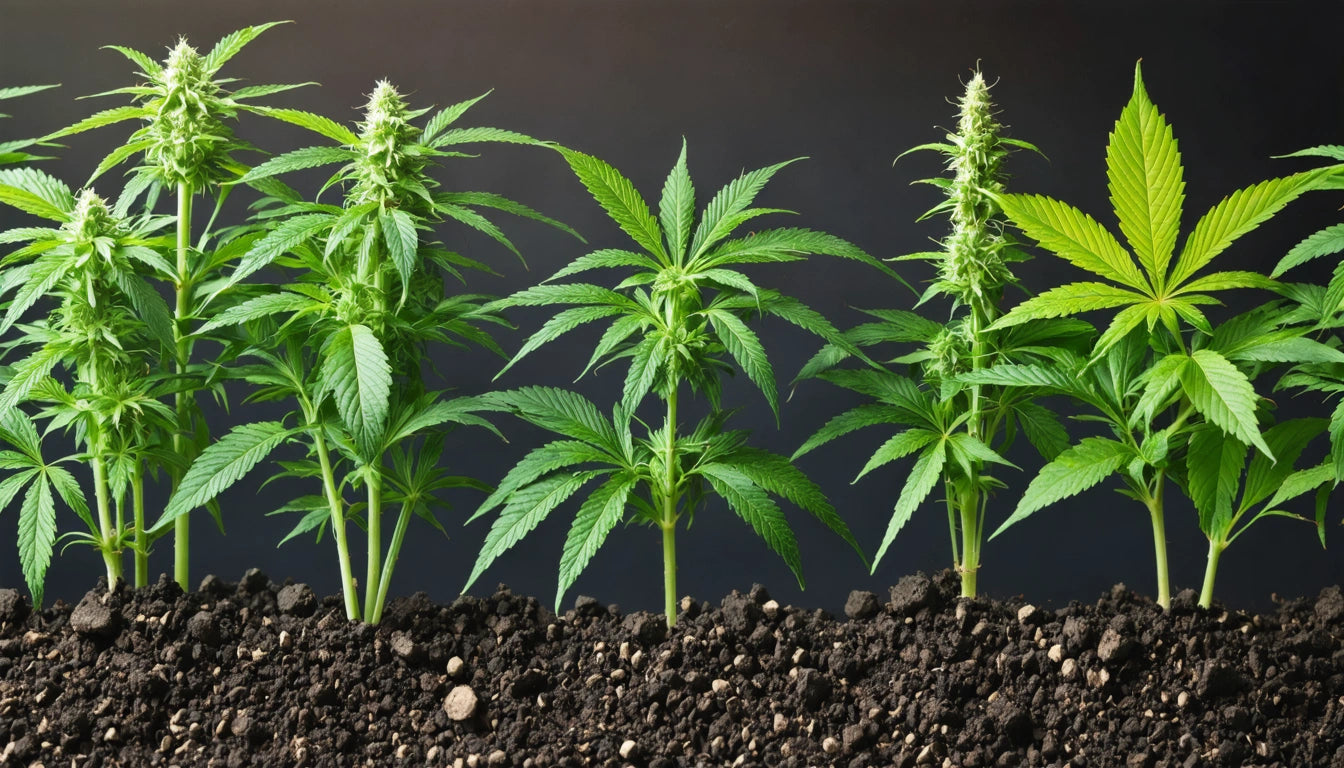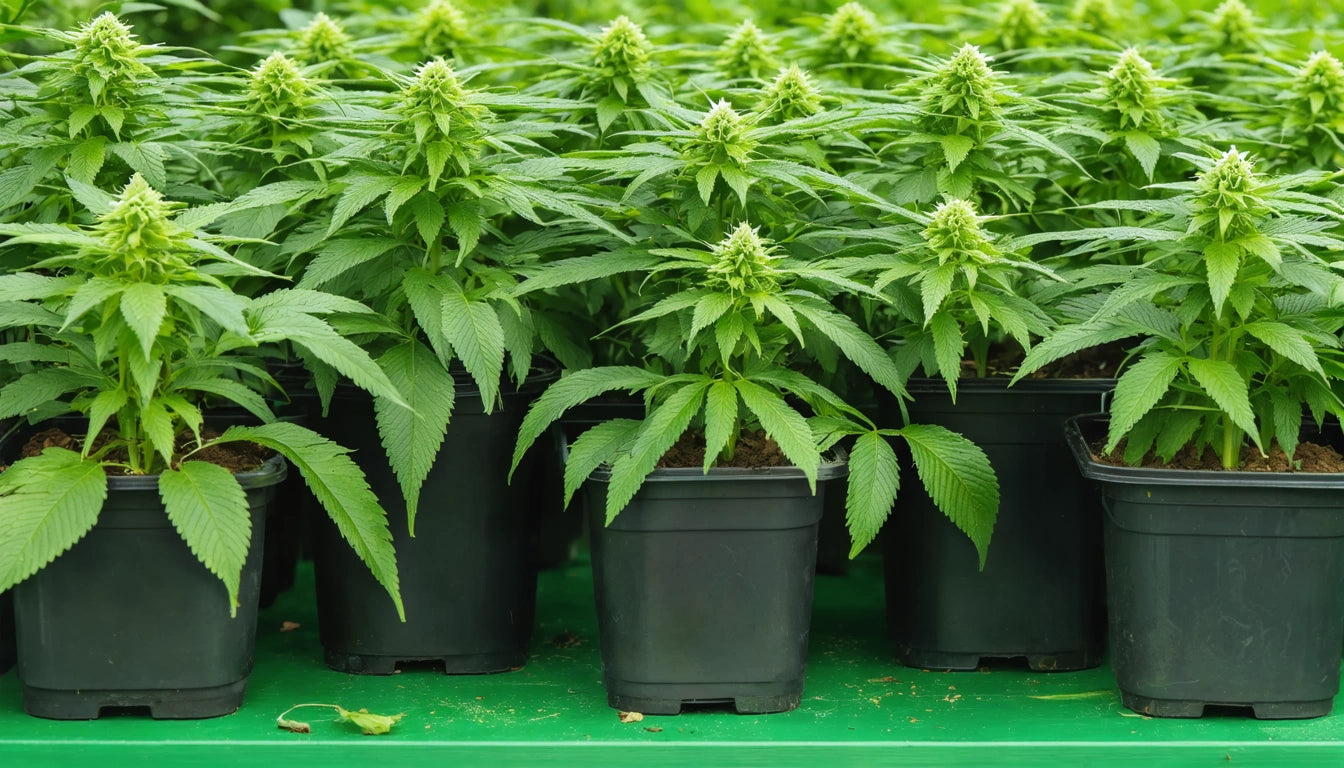Table of Contents
- Understanding Soil Basics for Indoor Cannabis
- Soil Types Compared: Potting Soil vs. Topsoil
- Key Components of Quality Cannabis Soil
- Optimal Soil Mixes for Different Growth Stages
- Soil Amendments and Additives
- Container Considerations for Indoor Growing
- Troubleshooting Common Soil Issues
- Sustainable Soil Practices for Cannabis Cultivation
The Ultimate Guide to Choosing the Best Soil for Growing Pot Plants Indoors
Selecting the best soil for growing pot plants indoors is a critical decision that directly impacts plant health, yield, and potency. Cannabis plants have specific needs that vary throughout their growth cycle, making soil selection an important consideration for both novice and experienced growers. This comprehensive guide will help you understand what makes good cannabis soil and how to choose the right medium for your indoor garden.
Understanding Soil Basics for Indoor Cannabis
The best soil to grow pot indoors provides four essential functions: delivering nutrients, retaining water while allowing drainage, providing oxygen to the roots, and offering structural support. Unlike outdoor growing, indoor cultivation gives you complete control over your growing medium, allowing you to optimize these factors.
According to cannabis soil experts, the ideal growing medium should be light and fluffy with excellent water retention capabilities while still allowing excess moisture to drain away.
Soil Types Compared: Potting Soil vs. Topsoil
A common question among new growers is: is topsoil the same as potting soil? The answer is no. These soil types serve different purposes:
- Topsoil: This is the uppermost layer of soil found in nature. While rich in organic matter, topsoil is often too dense for container growing and may contain pests, weed seeds, or pathogens.
- Potting Soil: Specifically formulated for container plants, the best potting soil for pot plants is sterilized, lightweight, and designed to provide proper drainage and aeration in confined spaces.
For indoor cannabis cultivation, specialized potting soil or soilless mixes are almost always preferable to standard topsoil. These engineered mediums provide the ideal balance of water retention and drainage that cannabis roots require.
Key Components of Quality Cannabis Soil
Base Materials
Quality cannabis soil typically contains:
- Peat moss or coco coir as the primary base
- Perlite or vermiculite for improved drainage and aeration
- Compost or worm castings for organic matter
- Sand or fine gravel for additional drainage
pH Considerations
Cannabis thrives in slightly acidic soil with a pH between 6.0 and 7.0. The best dirt for pot plants maintains this optimal pH range to ensure proper nutrient uptake. Many commercial cannabis soils are pre-adjusted to this range, but it's always worth testing your medium before planting.
Optimal Soil Mixes for Different Growth Stages
What is the best soil to grow pot in? The answer varies depending on the growth stage:
Seedling Stage
Seedlings benefit from a lighter mix with:
- Higher perlite content (30-40%)
- Lower nutrient concentration
- Excellent drainage to prevent damping off
Vegetative Stage
As plants develop, they require:
- More nitrogen-rich components
- Increased water retention
- Higher organic matter content
Flowering Stage
During flowering, the best soil for growing pot includes:
- Higher phosphorus and potassium levels
- Slightly less nitrogen to prevent excessive foliage
- Good drainage to prevent root rot
Many growers find that using specific soil additives helps optimize conditions for each growth phase.
Soil Amendments and Additives
Even the best potting soil for pot plants can be enhanced with amendments:
- Mycorrhizal fungi: Improves nutrient uptake and root health
- Bat guano: Provides natural phosphorus for flowering
- Bone meal: Slow-release phosphorus source
- Dolomite lime: Adjusts pH and provides calcium and magnesium
- Kelp meal: Supplies micronutrients and growth hormones
These amendments can transform basic soil into a supercharged growing medium. However, it's important to use them judiciously and understand proper feeding techniques to avoid nutrient burn.
Container Considerations for Indoor Growing
The container you choose affects how your soil performs. Fabric pots and air pots improve soil aeration and prevent root circling, while traditional plastic containers retain moisture longer. Matching soil volume to pot size is crucial for proper root development.
When considering containers, it's also important to think about safety, particularly if you have children in the home. Child-resistant packaging regulations that apply to cannabis products emphasize the importance of responsible storage and handling throughout the growing process.
Troubleshooting Common Soil Issues
Even with the best soil to grow pot indoors, problems can arise:
- Compaction: Soil becomes too dense, restricting oxygen. Solution: Add more perlite or switch to fabric pots.
- Poor drainage: Water pools on surface or drains too slowly. Solution: Increase perlite or add rice hulls.
- Nutrient lockout: Plants show deficiencies despite feeding. Solution: Check and adjust pH, consider flushing.
- Fungus gnats: Small flies indicate overly wet conditions. Solution: Let soil dry between waterings, add diatomaceous earth.
Regular monitoring of soil moisture, pH, and plant response helps catch these issues early. Most problems can be corrected by adjusting watering practices or adding appropriate amendments.
Sustainable Soil Practices for Cannabis Cultivation
The future of cannabis cultivation lies in sustainable soil practices. Living soil systems that incorporate beneficial microorganisms can be reused across multiple grows, reducing waste and improving plant health. Organic growing methods not only produce cleaner cannabis but also have less environmental impact.
By building soil health through natural amendments and proper cycling, growers can reduce their dependence on synthetic fertilizers while potentially enhancing the flavor profile and terpene production of their cannabis.
Whether you're a first-time grower or looking to refine your existing setup, investing in quality soil is one of the most important decisions you'll make. The best soil for pot plants provides a foundation for healthy growth from seed to harvest, setting the stage for abundant, potent yields.











Leave a comment
All comments are moderated before being published.
This site is protected by hCaptcha and the hCaptcha Privacy Policy and Terms of Service apply.